- Have any questions?
- +86-189 8930 5995
- sales@mosinterchem.com.cn
Polyacrylamide CAS 9003-05-8

Carboxymethyl Cellulose CAS 9000-11-7
18/12/2018
HPS CAS 9049-76-7
18/12/2018| Model: | MOS9003-05-8 |
| Place of Origin: | Shandong,China (Mainland) |
| Brand Name: | MOSINTER |
| CAS No.: | 9003-05-8 |
| Purity: | 90% MIN |
| Molecular formula: | C3H5NO |
| Molecular weight: | 71.0779 |
| Density: | 1.189 g/mL at 25 °C |
| Storage condition: | Refrigerator |
| Refractive index: | n20/D 1.452 |
| Flashing point: | >230 °F |
| Soluble: | SOLUBLE |
| Stability: | Stable. Incompatible with strong oxidizing agents, aluminium, copper, iron, iron salts |
Polyacrylamide (CAS: 9003-05-8)
| Item | Nonionic | Anionic |
| Appearance | White powder | White powder |
| Purity %≥ | 90 | 90 |
| Molecular weight (ten thousand) | 800-1500 | 800-2300 |
| Free monomer %≤ | 0.5 | 0.5 |
| Soluble velocity (hours) | 1-5 | 0.5-2 |
| The degree of hydrolysis% | ≤5 | 20-25 |
Appalication:
Polyacrylamide or poly(1-carbamoylethylene)) is a polymer (-CH2CHCONH2-) formed from acrylamide subunits. It can be synthesized as a simple linear-chain structure or cross-linked, typically using N,N’-methylenebisacrylamide. Polyacrylamide is not toxic. In the cross-linked form, the possibility of the monomer being present is reduced even further. It is highly water-absorbent, forming a soft gel when hydrated, used in such applications as polyacrylamide gel electrophoresis and in manufacturing soft contact lenses. In the straight-chain form, it is also used as a thickener and suspending agent. More recently, it has been used as a subdermal filler for aesthetic facial surgery.
One of the largest uses for polyacrylamide is to flocculate solids in a liquid. This process applies to water treatment, and processes like paper making. Polyacrylamide can be supplied in a powder or liquid form, with the liquid form being subcategorized as solution and emulsion polymer. Even though these products are often called ‘polyacrylamide’, many are actually copolymers of acrylamide and one or more other chemical species, such as an acrylic acid or a salt thereof. The main consequence of this is to give the ‘modified’ polymer a particular ionic character.
Another common use of polyacrylamide and its derivatives is in subsurface applications such as Enhanced Oil Recovery. High viscosity aqueous solutions can be generated with low concentrations of polyacrylamide polymers, and these can be injected to improve the economics of conventional waterflooding.
It has also been advertised as a soil conditioner called Krilium by Monsanto Company in the 1950s and today “MP”, which is stated to be a “unique formulation of PAM (water-soluble polyacrylamide)”. It is often used for horticultural and agricultural use under trade names such as Broadleaf P4, Swell-Gel and so on. The anionic form of cross-linked polyacrylamide is frequently used as a soil conditioner on farm land and construction sites for erosion control, in order to protect the water quality of nearby rivers and streams.
The polymer is also used to make Gro-Beast toys, which expand when placed in water, such as the Test Tube Aliens. Similarly, the absorbent properties of one of its copolymers can be utilized as an additive in body-powder.
The ionic form of polyacrylamide has found an important role in the potable water treatment industry. Trivalent metal salts like ferric chloride andaluminium chloride are bridged by the long polymer chains of polyacrylamide. This results in significant enhancement of the flocculation rate. This allowswater treatment plants to greatly improve the removal of total organic content (TOC) from raw water.
Polyacrylamide is often used in molecular biology applications as a medium for electrophoresis of proteins and nucleic acids in a technique known as PAGE.
It was also used in the synthesis of the first Boger fluid.
You must be logged in to post a review.

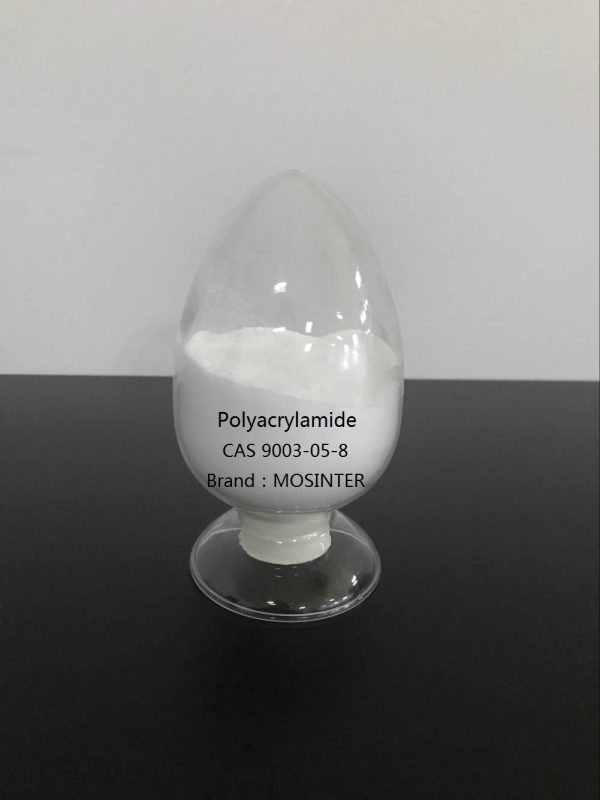
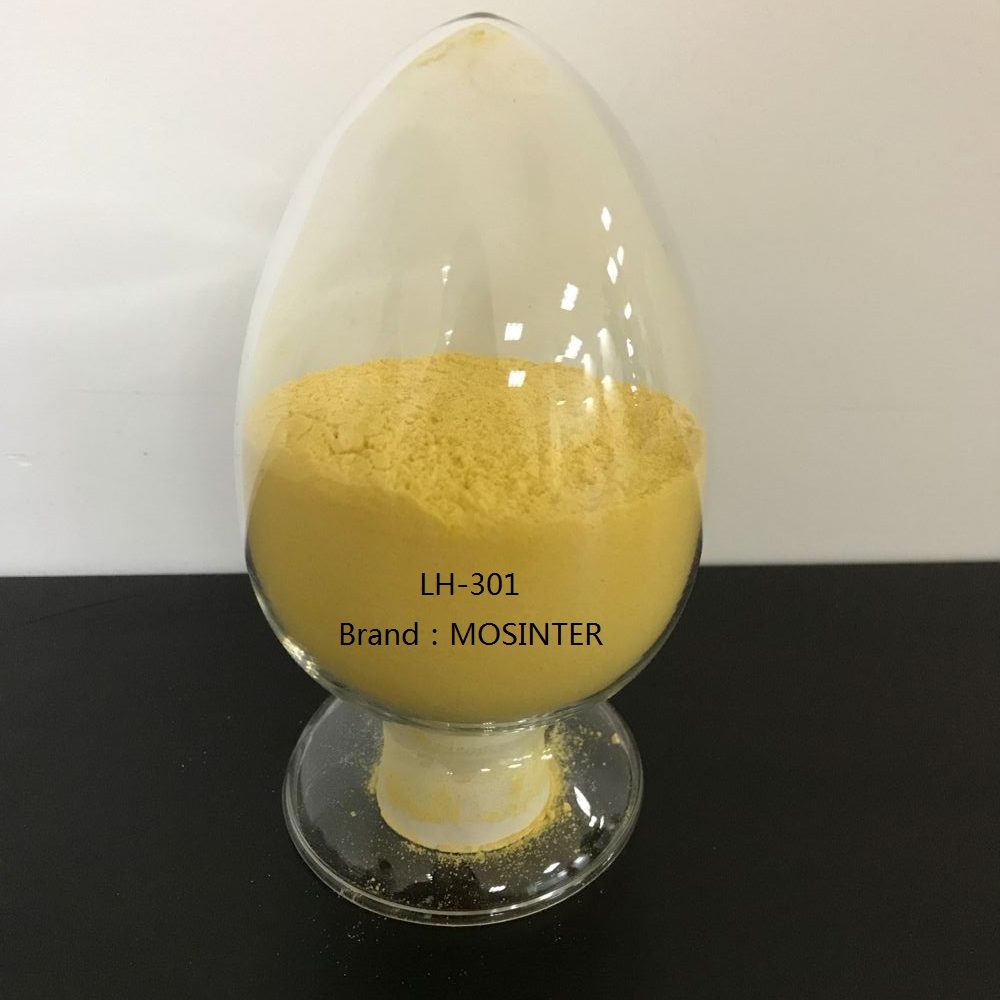
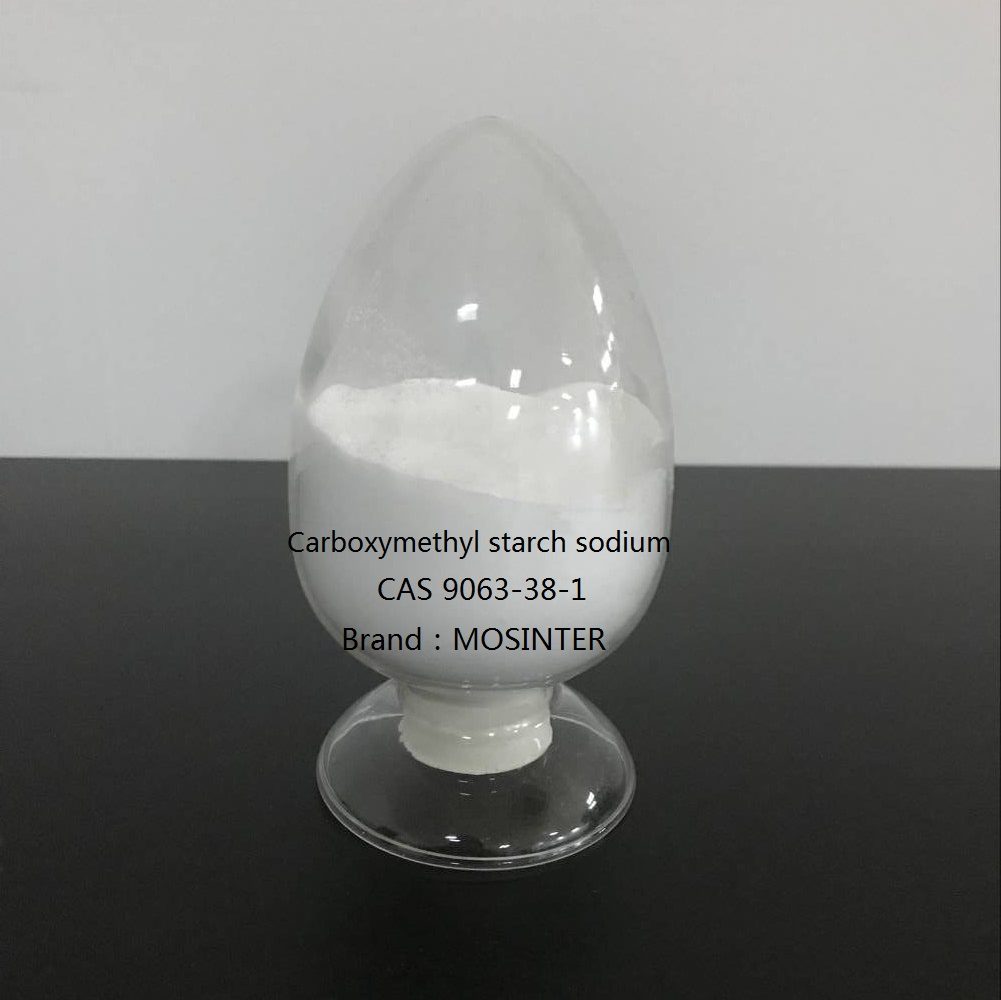
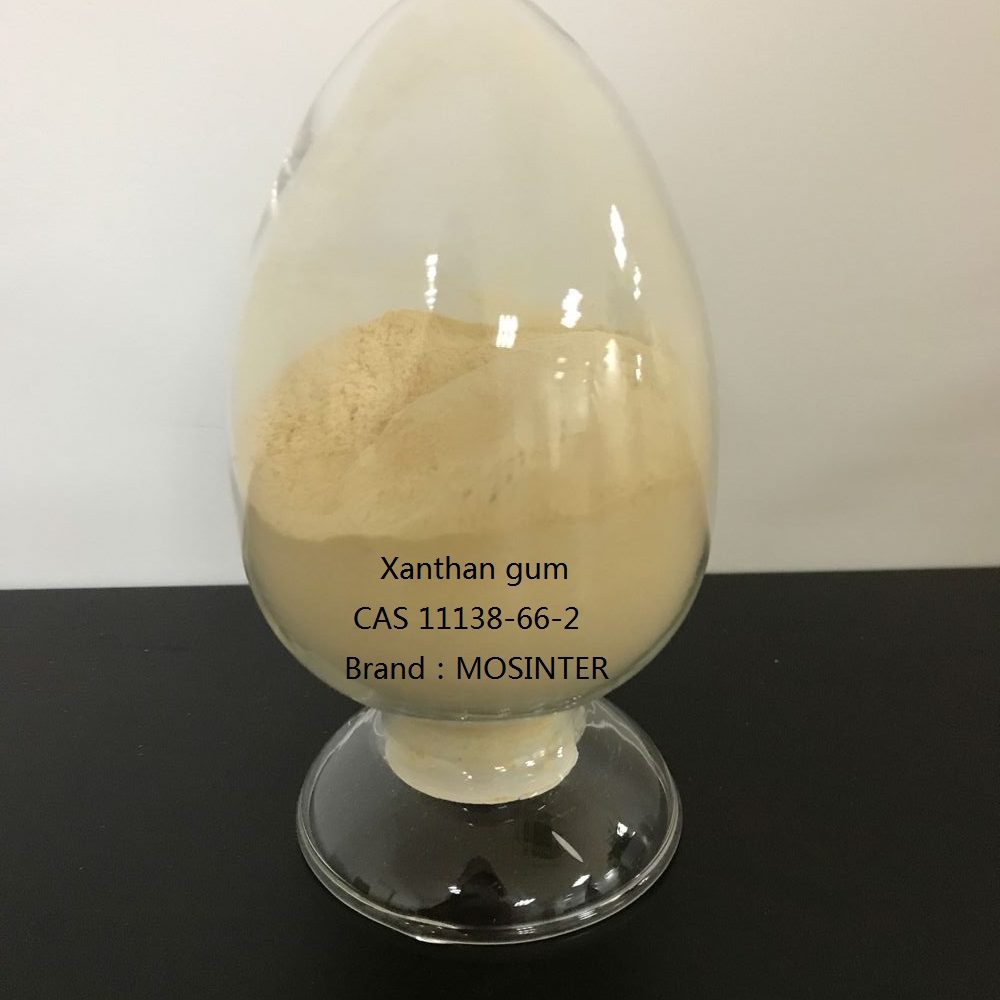
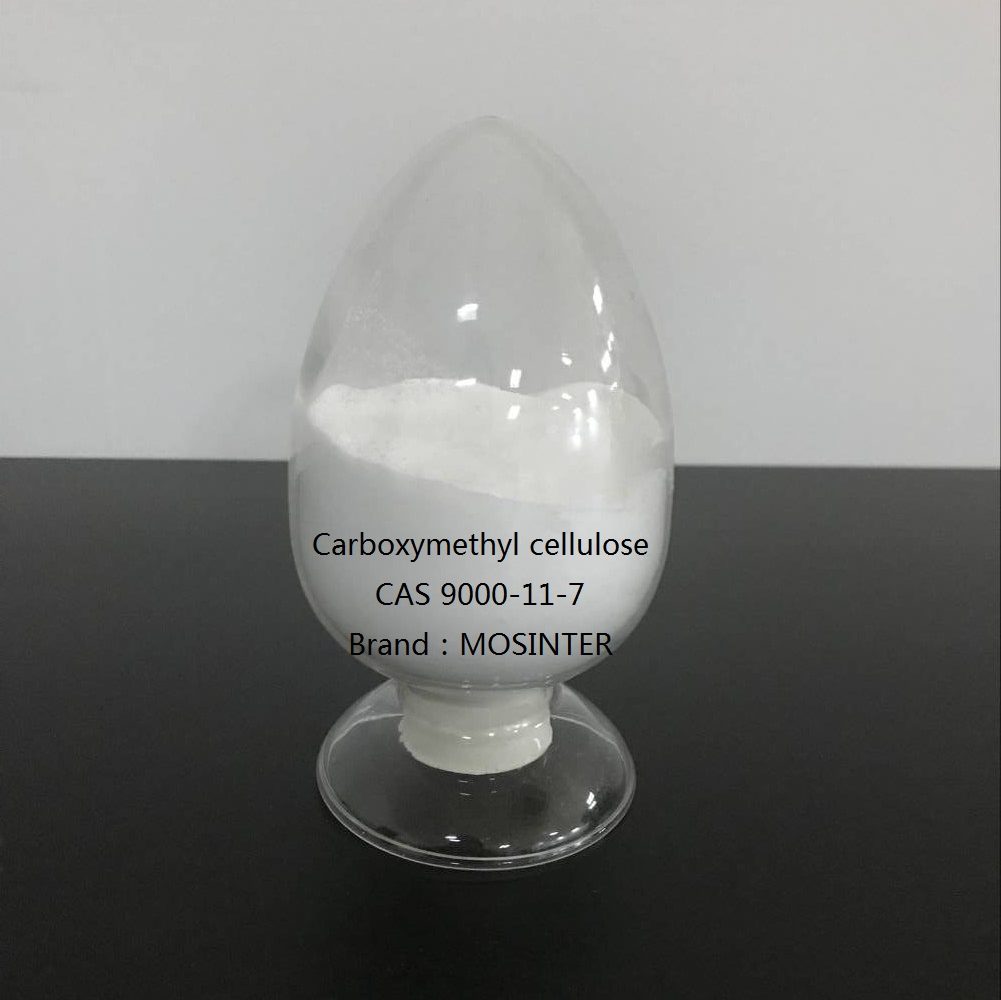
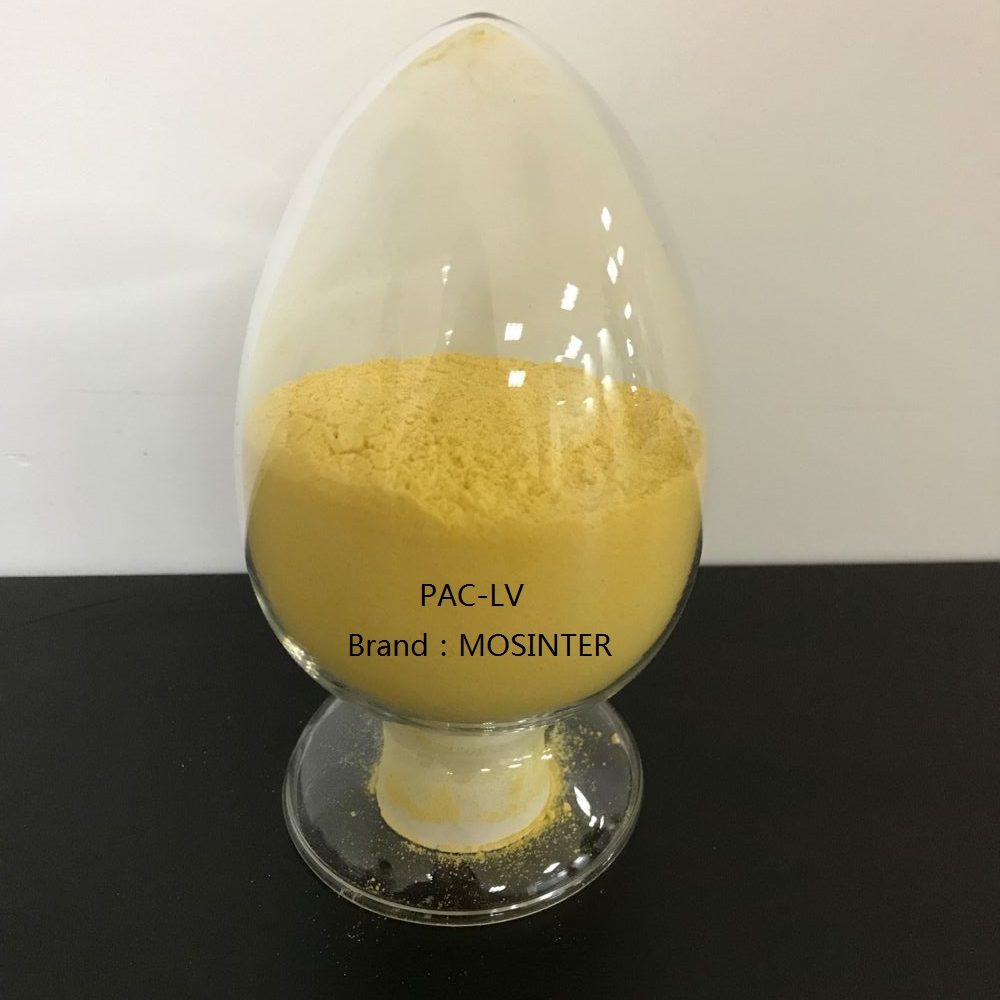
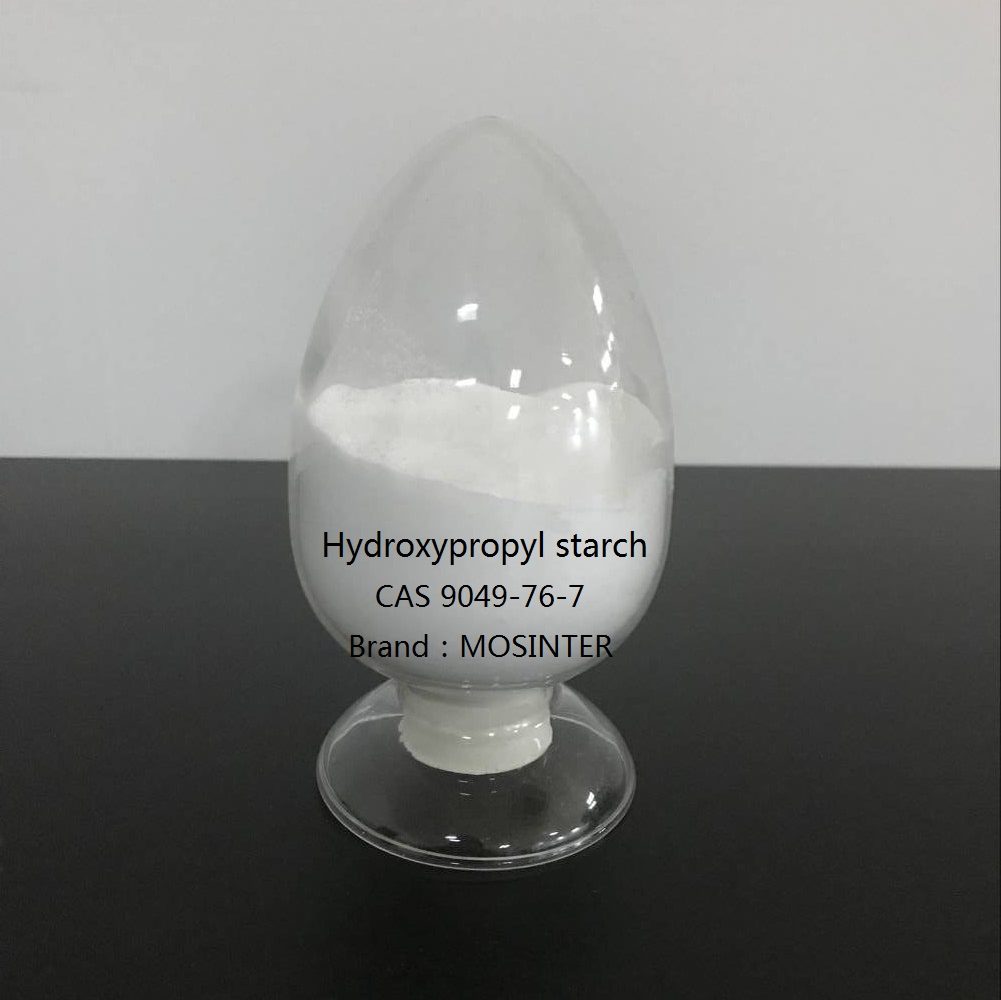
Reviews
There are no reviews yet.